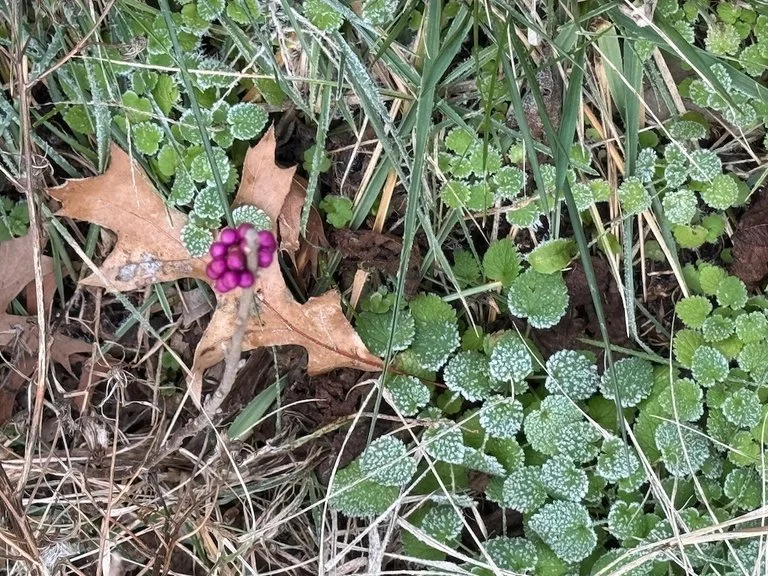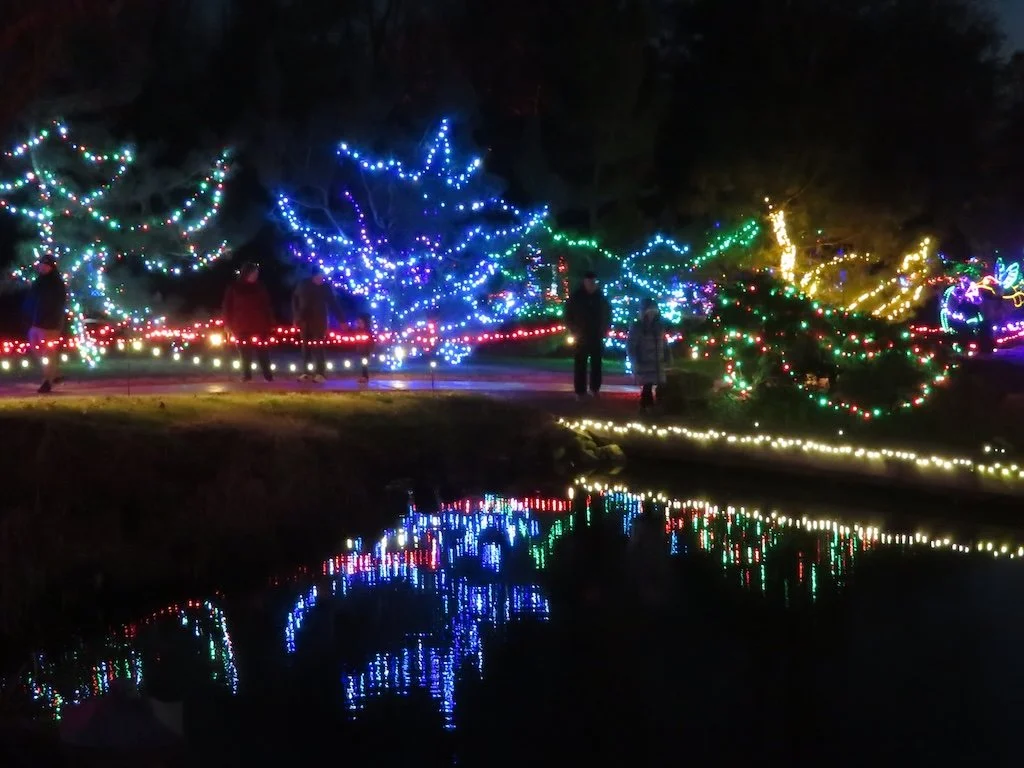Gleanings of the Week Ending March 9, 2024
/The items below were ‘the cream’ of the articles and websites I found this past week. Click on the light green text to look at the article.
The benefits of trees – From an architect’s perspective…working with trees rather than just around them.
How the color orange got its name – Orange was my mother’s favorite color for many years. She had the door of the house they built painted orange! So - this post caught my attention. In English, before the turn of the 16th century, orange objects would be simply known as “yellow-red” or “geoluhread” in Middle English. There are also records of the word “saffron” being used to as a replacement for “orange” as a descriptor. Oranges, the fruit, take their name from the Sanskrit nāraṅga meaning orange tree. Nāraṅga morphed via the Persian word nâranj and the French pomme d’orenge, meaning “apple of the orange tree.”
Quality time with Pocket Gophers - Pocket gophers spend most of their lives underground. There are some 38 species found across a wide swath of central and North America. In many areas, they’re abundant. And yet, many people have never seen one.
Scientists shocked to discover new species of green anaconda, the world’s biggest snake - Green anacondas are the world’s heaviest snakes, and among the longest. Predominantly found in rivers and wetlands in South America, they are renowned for their lightning speed and ability to asphyxiate huge prey then swallow them whole. New research upends scientific understanding of this magnificent creature, revealing it is actually two genetically different species. The snakes are well-adapted to a life lived mostly in water. Their nostrils and eyes are on top of their head, so they can see and breathe while the rest of their body is submerged. Anacondas are olive-colored with large black spots, enabling them to blend in with their surroundings. The two species of green anaconda look almost identical, and no obvious geographical barrier exists to separate them. But their level of genetic divergence – 5.5% – is staggering. By comparison, the genetic difference between humans and apes is about 2%.
Helping caregivers help people with dementia eat at home - Over 80% of people with dementia in the United States live at home. An estimated 60% of home-based patients aren't able to routinely eat or prepare food on their own. Professionals recommended:
Lowering auditory and visual distractions.
Eliminating household clutter, clearing pathways and improving lighting.
Providing written instructions to guide patients' mealtime activities.
Untraceable ingredients and unrecycled packaging: Why sustainable skincare is so hard to find - Short of a chemistry degree, understanding how to make sustainable skincare choices is no easy task for consumers.
Escaping Home – One of the last birding field trips we did before moving from Maryland was along the Harriet Tubman Byway. The post includes an image of the area from NASA’s Landsat 9 and historical background.
Peek Inside the Ancient Egyptian Tomb of Neferhotep, Now Open to the Public - Revitalizing ancient artifacts is no easy lift. All the wall paintings, reliefs, and sculptures required stabilizing loose stone fragments, cracks, detached plaster, and paint layers, not to mention cleaning and preserving surfaces damaged by fire and time. The restoration project started in 2000.
Discovering Mammoth Cave’s Oceanic Past - Creatures that lived in an ancient seaway that covered the landscape known today as Kentucky some 325 million years ago: crinoids, horn coral, brachiopods…small dark slashes that indicate shark teeth…a dorsal fin spine…a large piece of shoulder skeletal cartilage.
Saguaro Arms and Other Cactus Musings in Tucson – Remembering Saguaro National Park from my daughter’s graduate school years in Tucson. The research about the arms is interesting: The working theory is that saguaros start their branching at a certain size, not a certain age. Initial data indicates that saguaros tend to grow their first arm facing the south or southeast, often when they’re around 11-feet tall. Second arms often grow facing north. Arms seem to grow in a way that maintains symmetry and allows the saguaro to keep its balance.
























